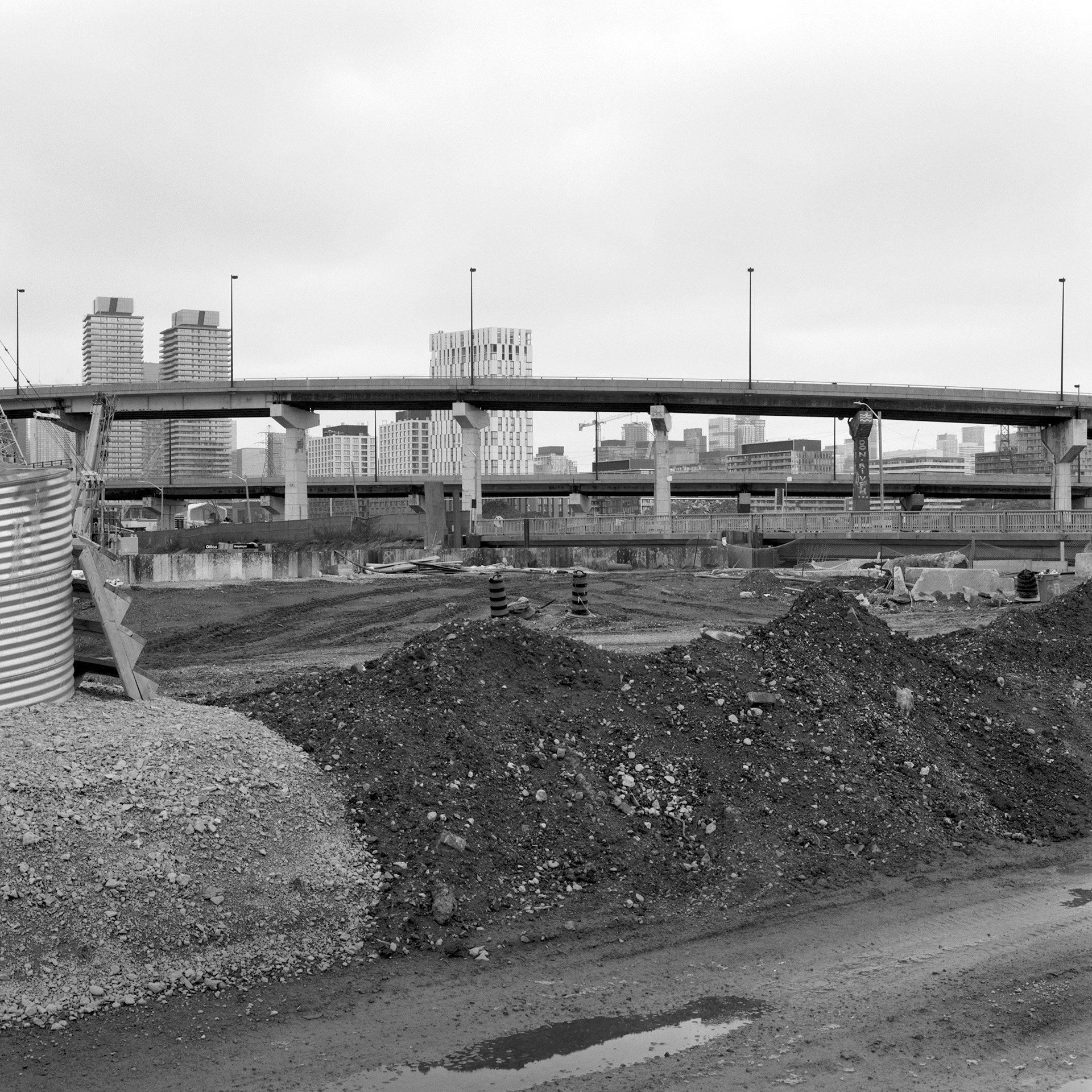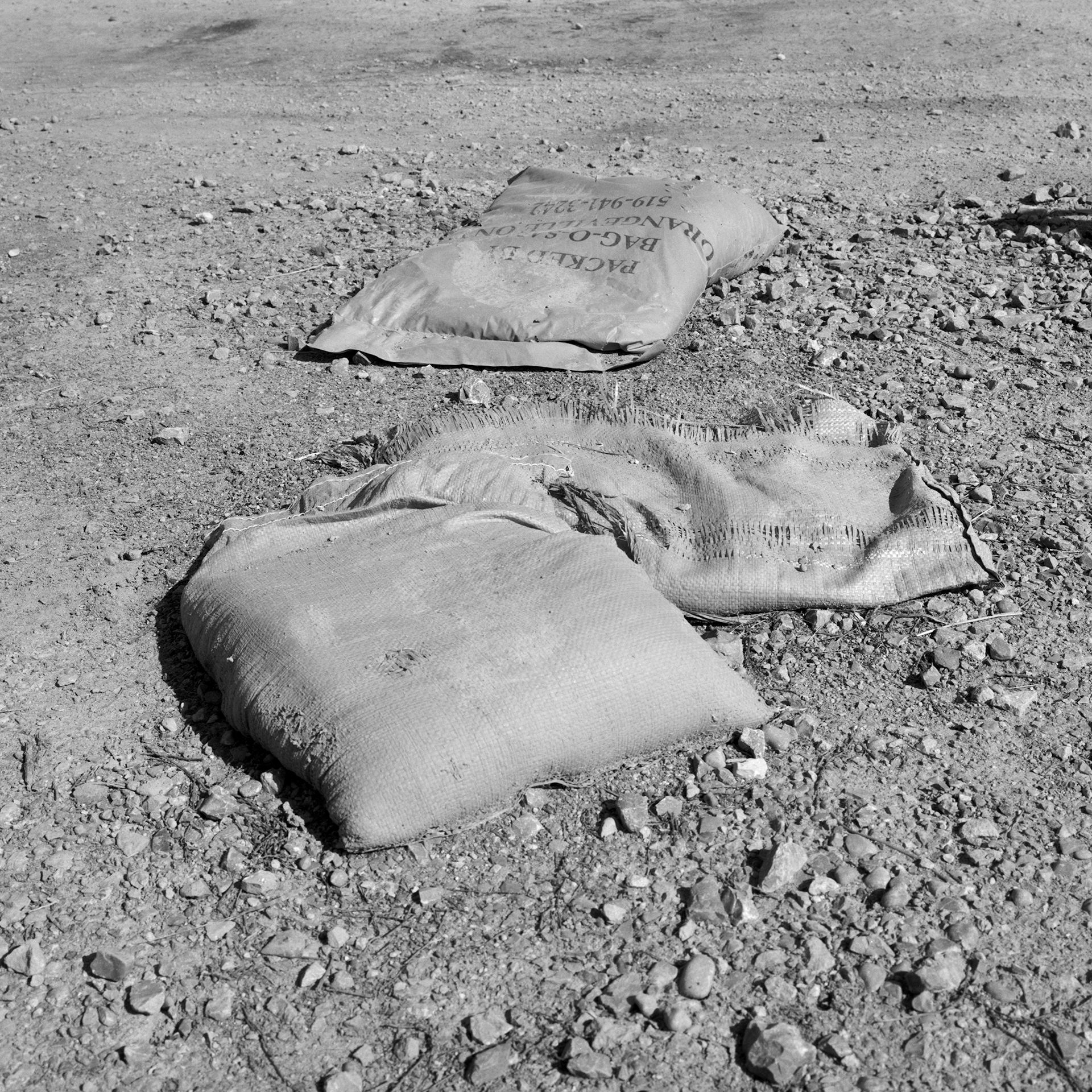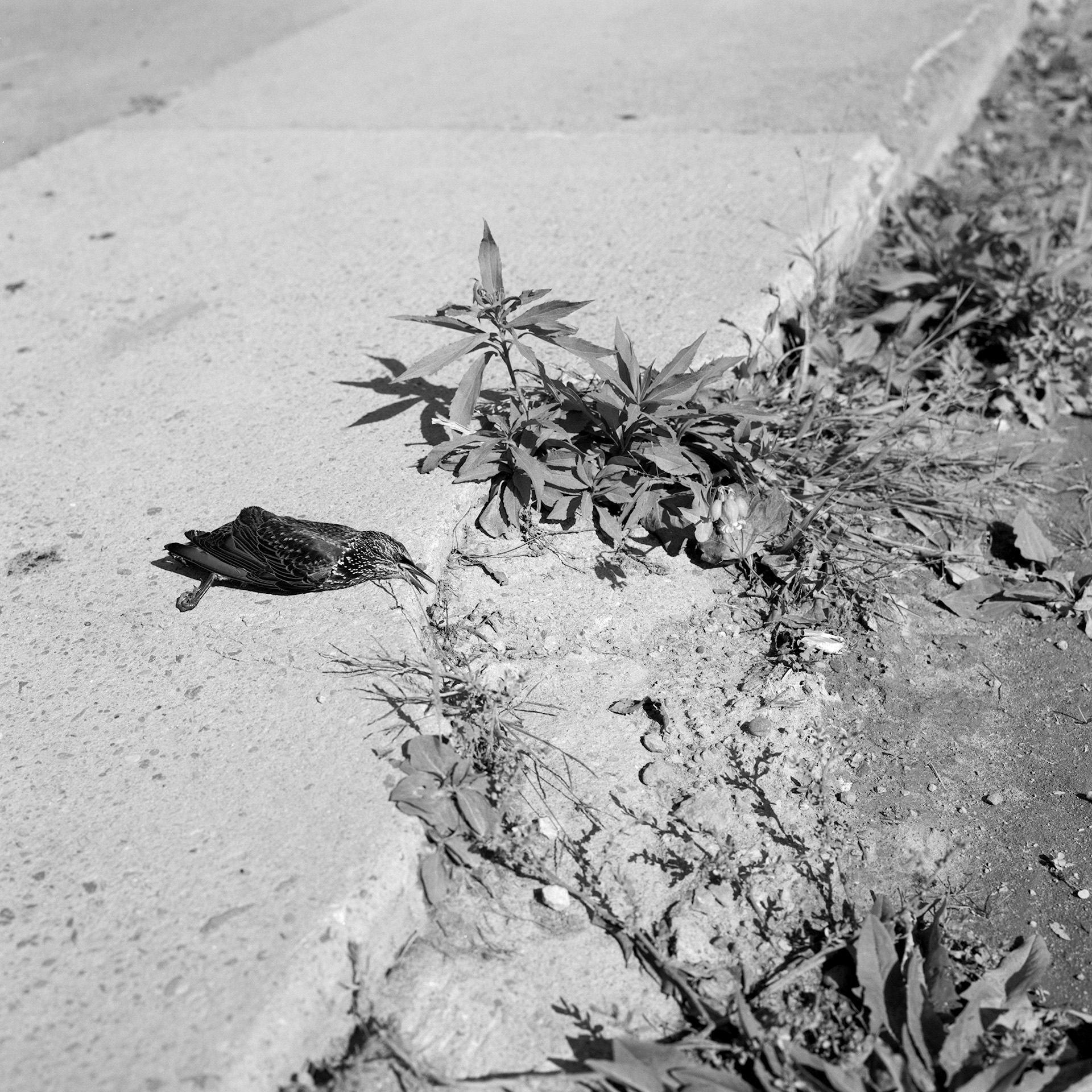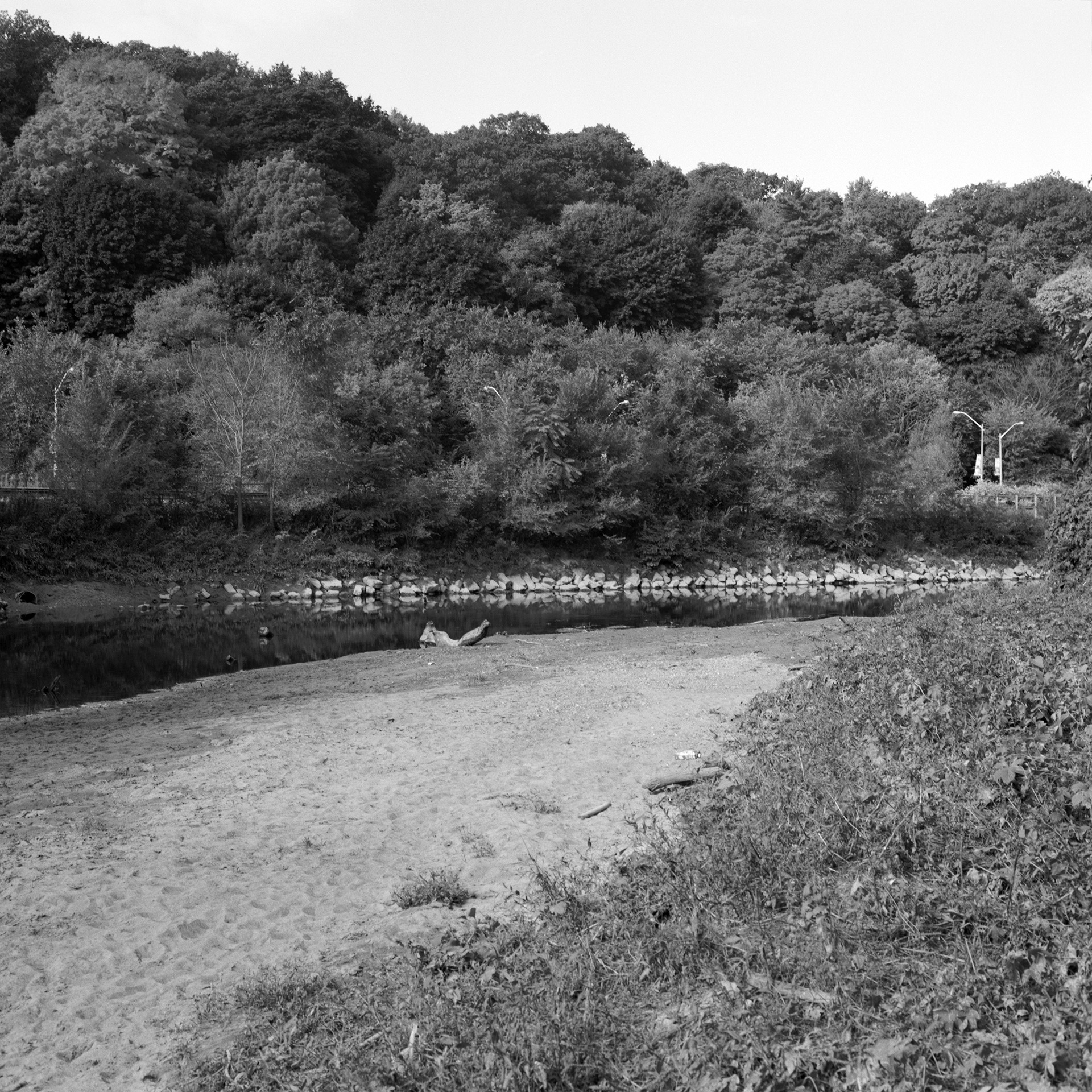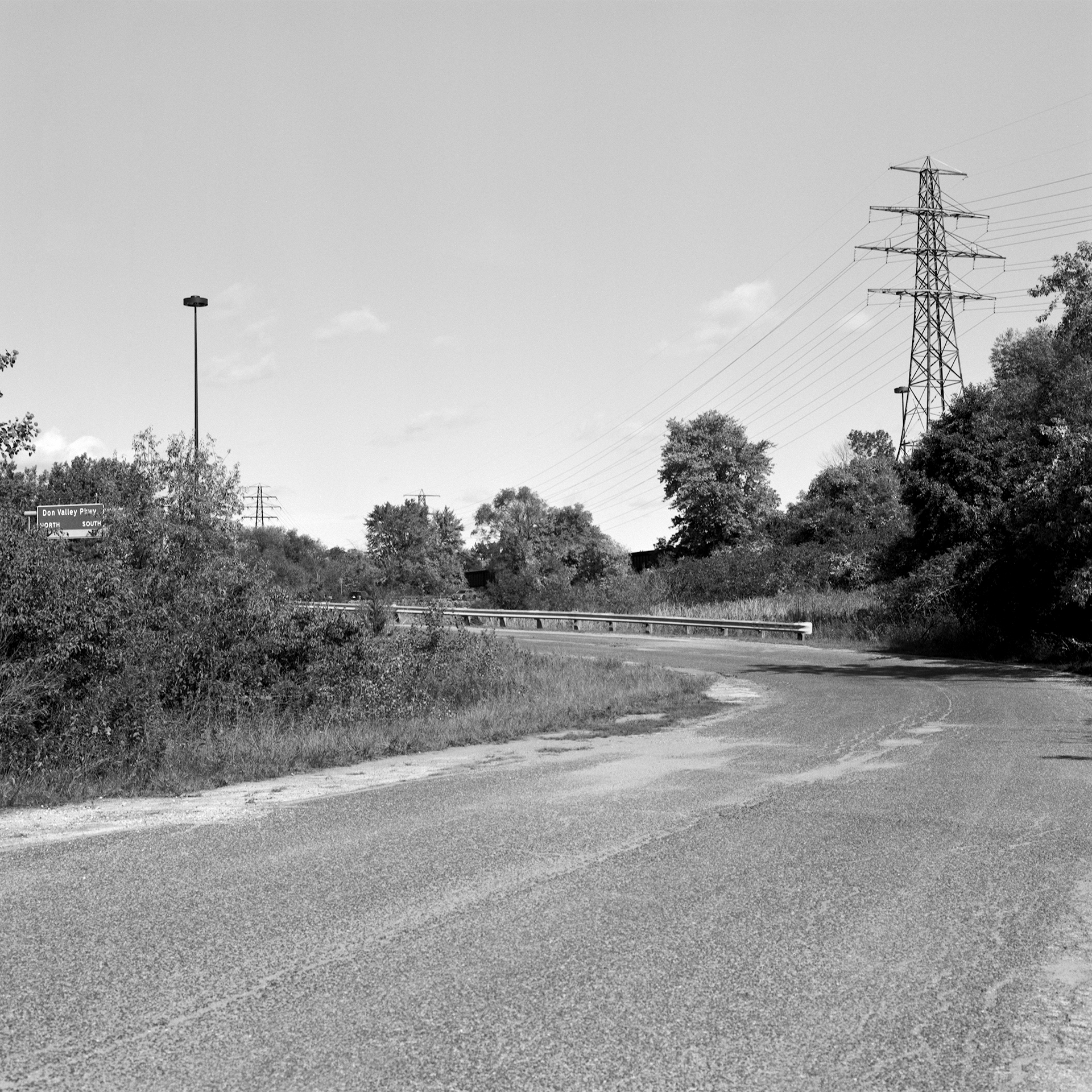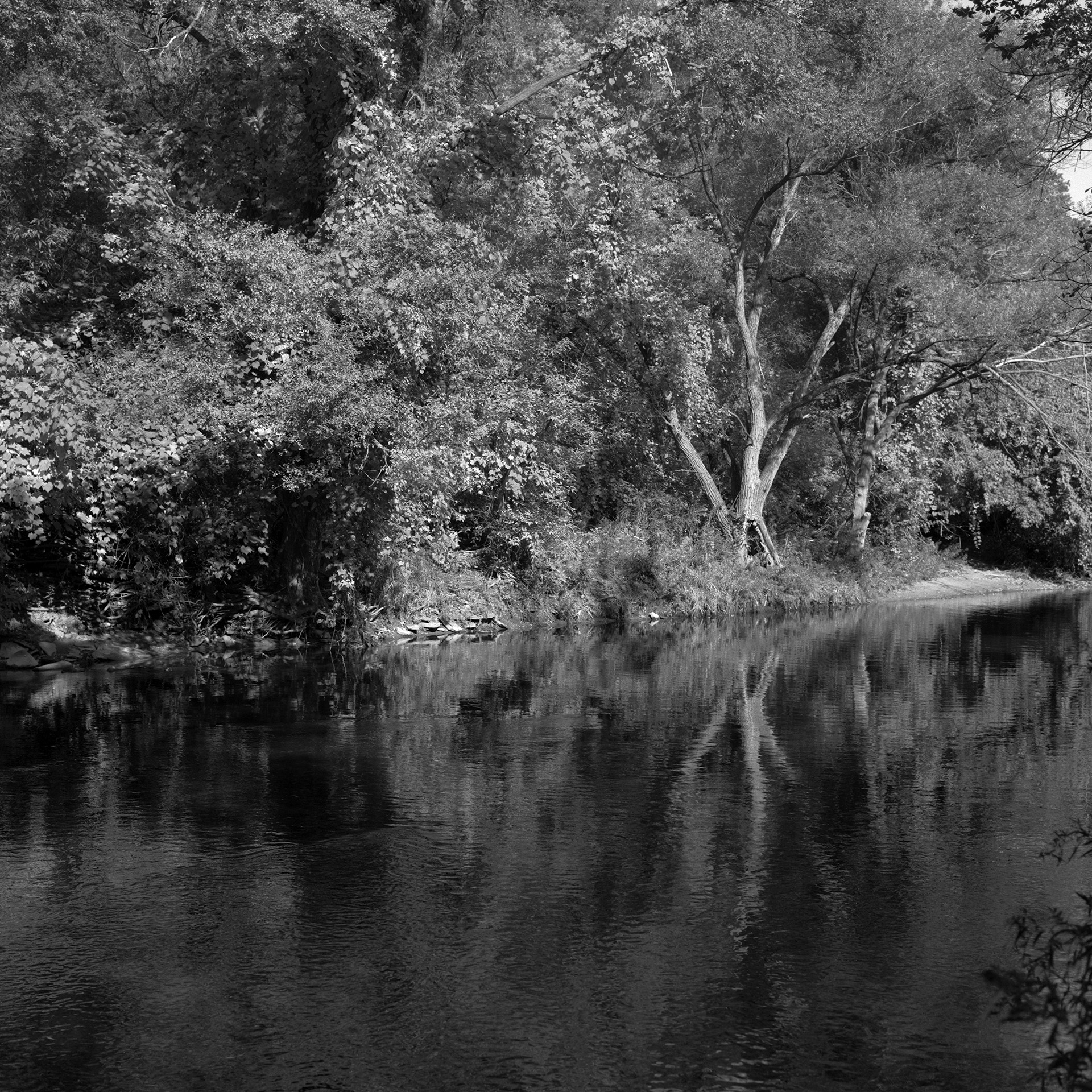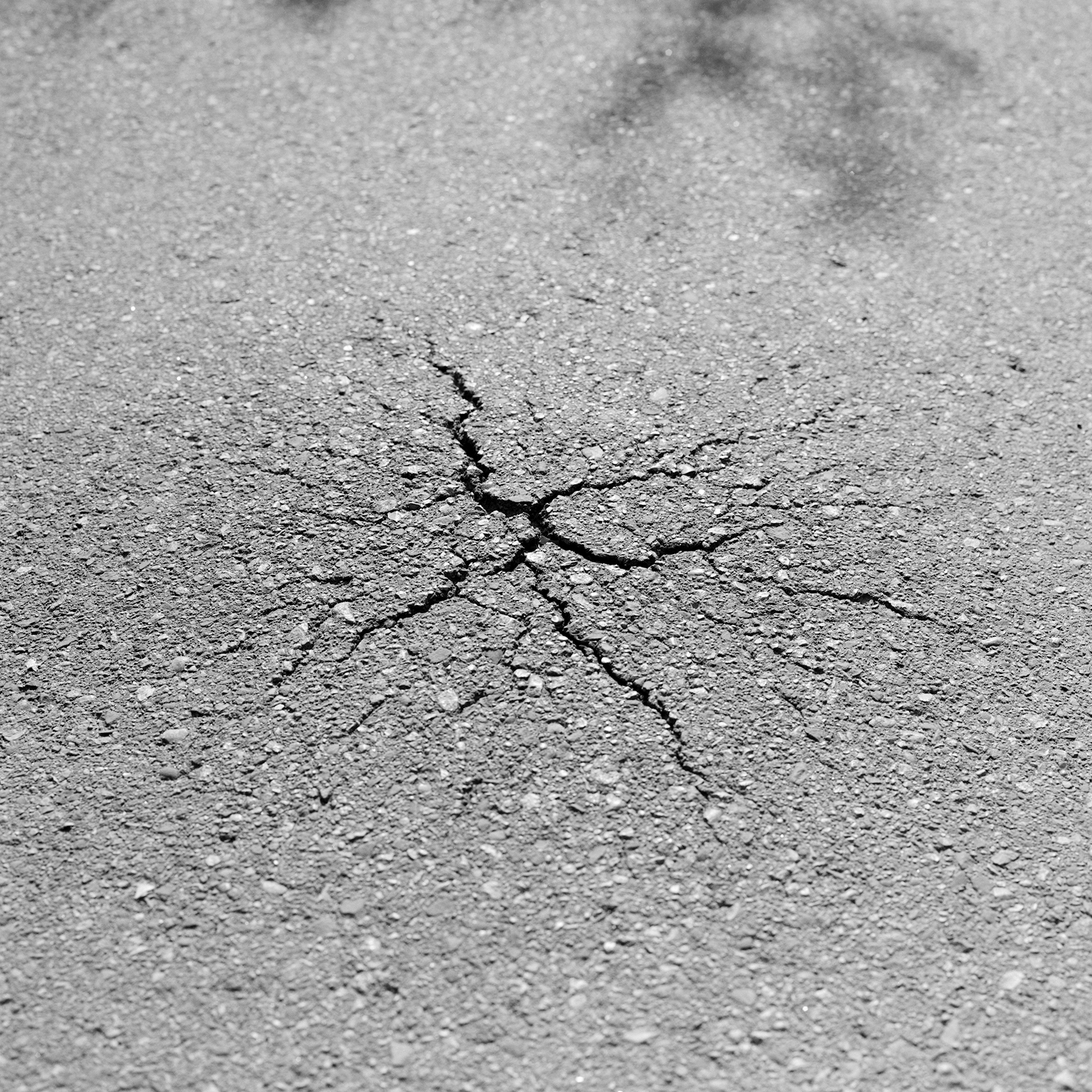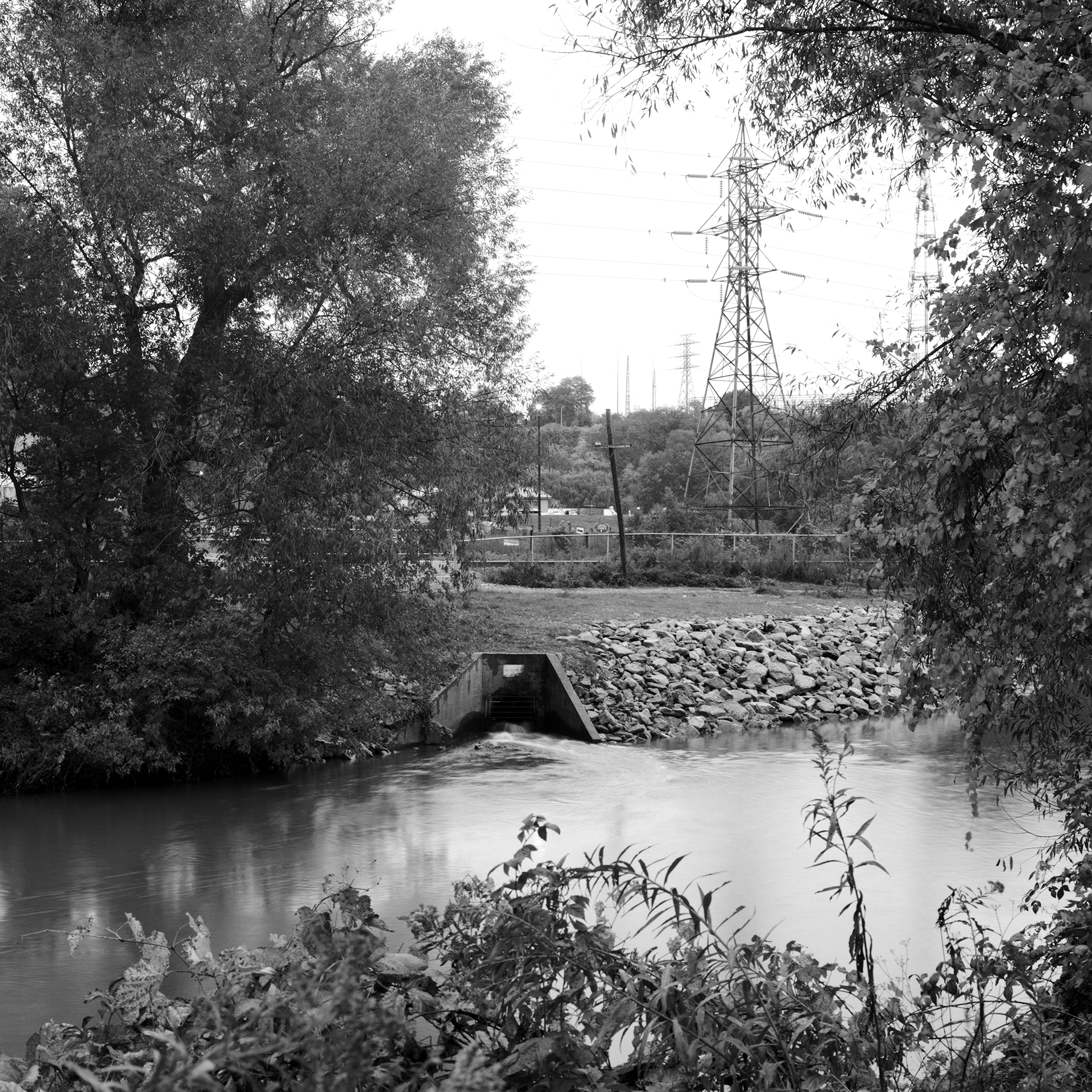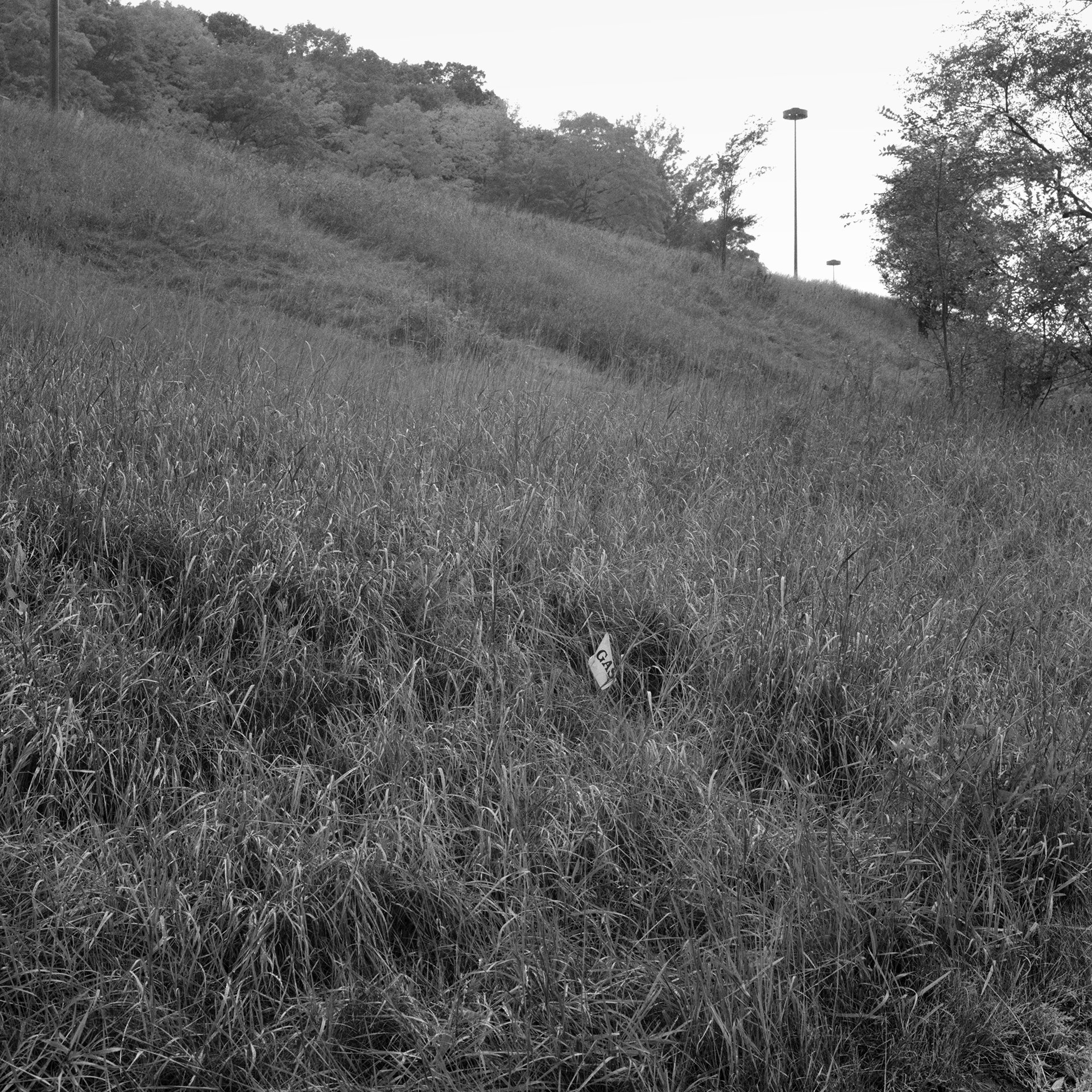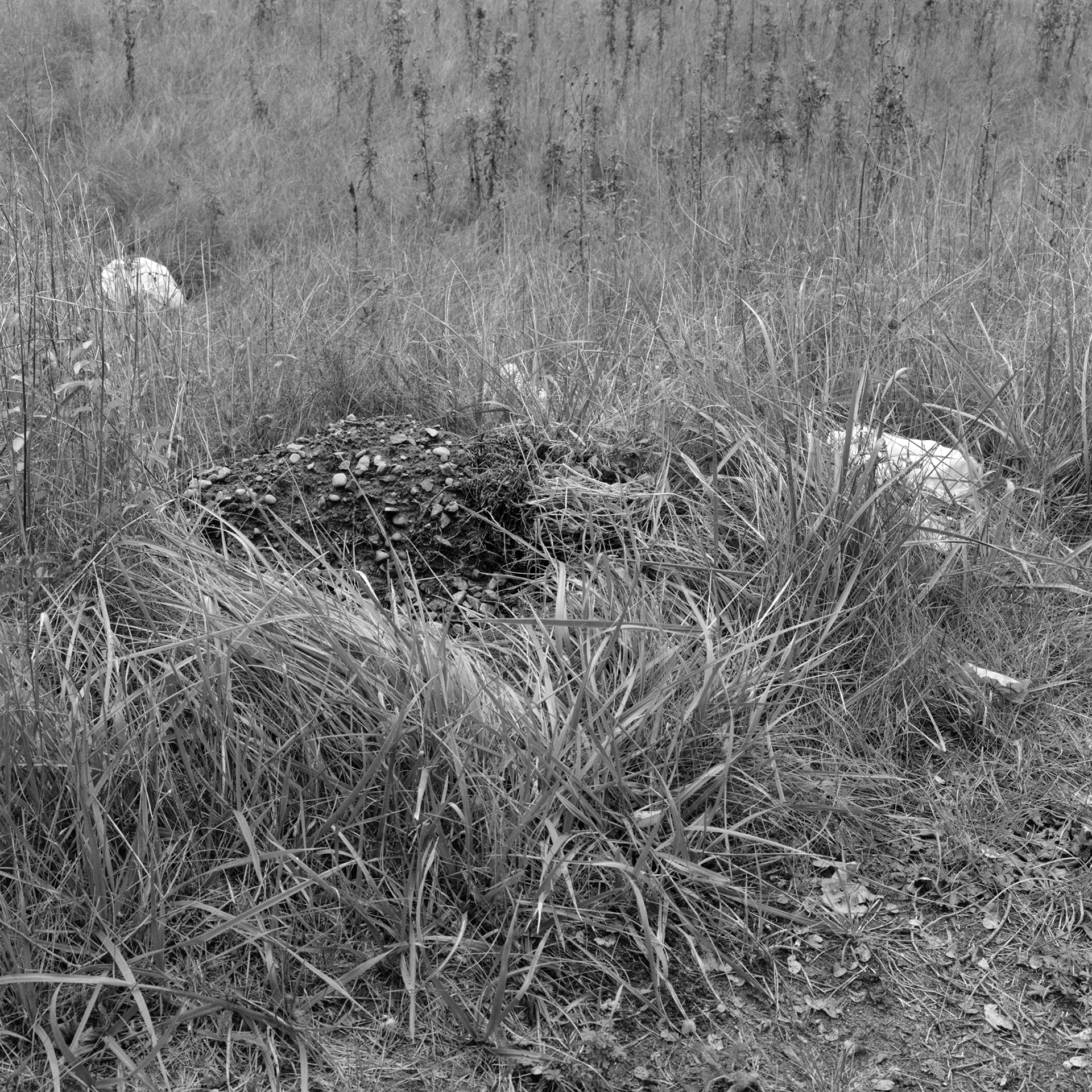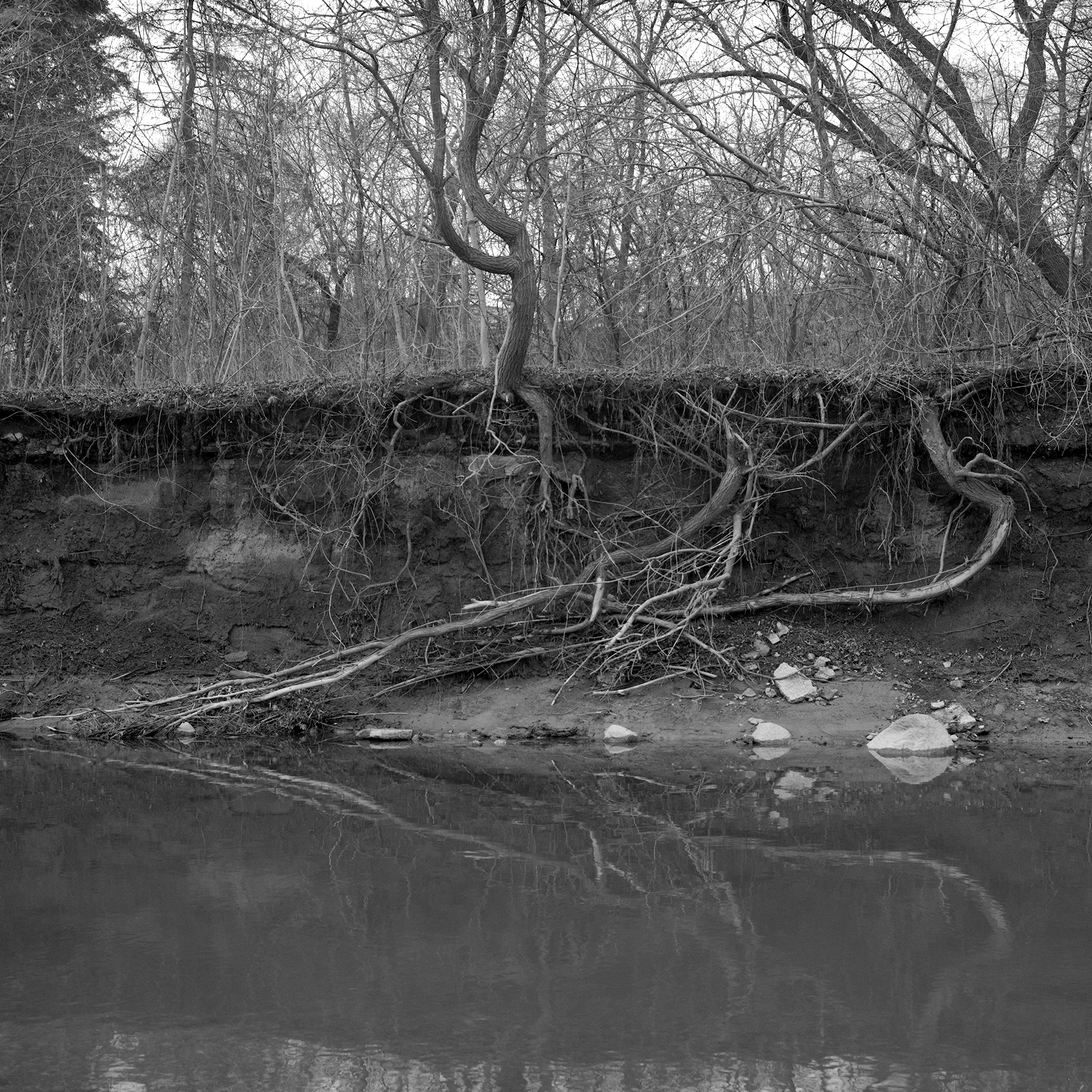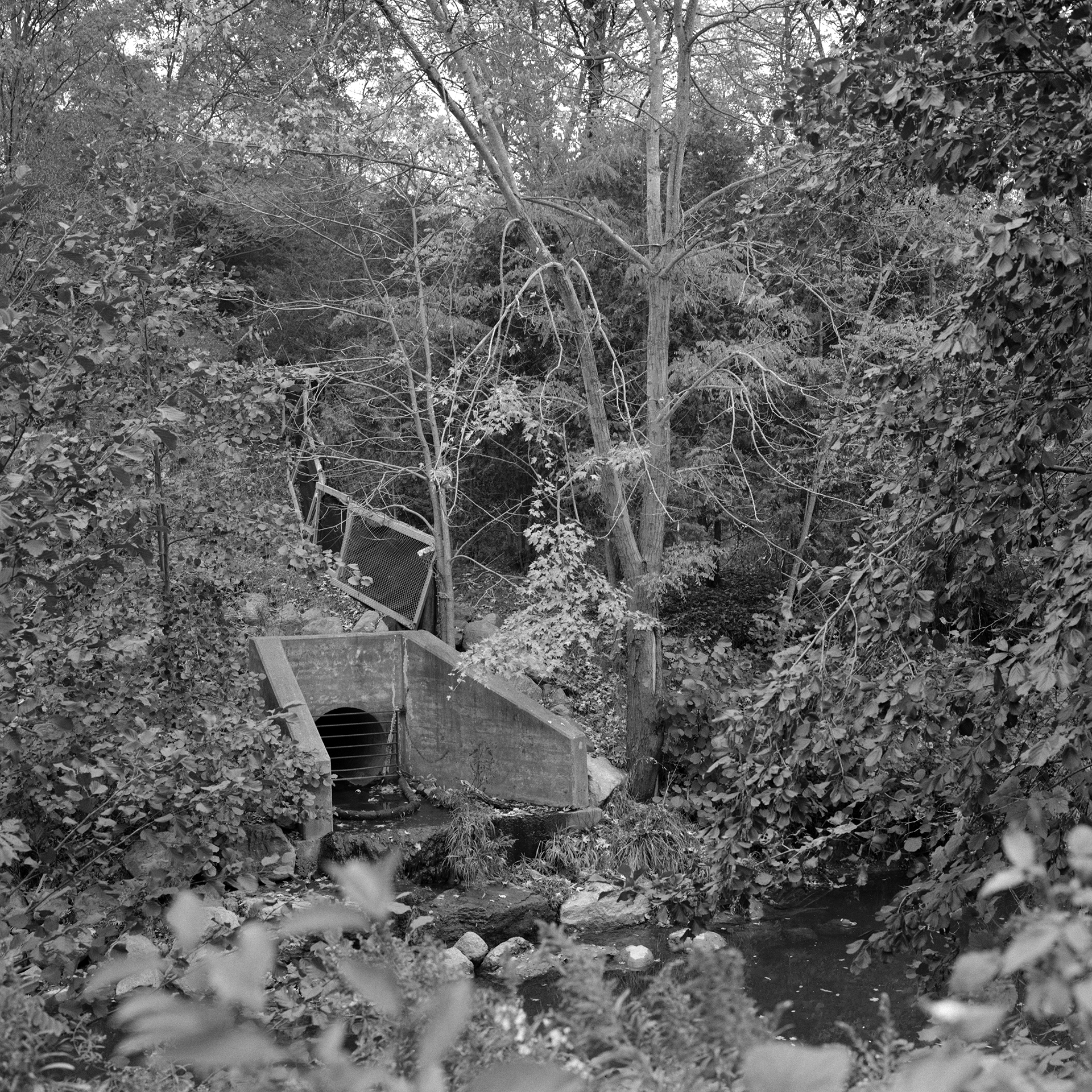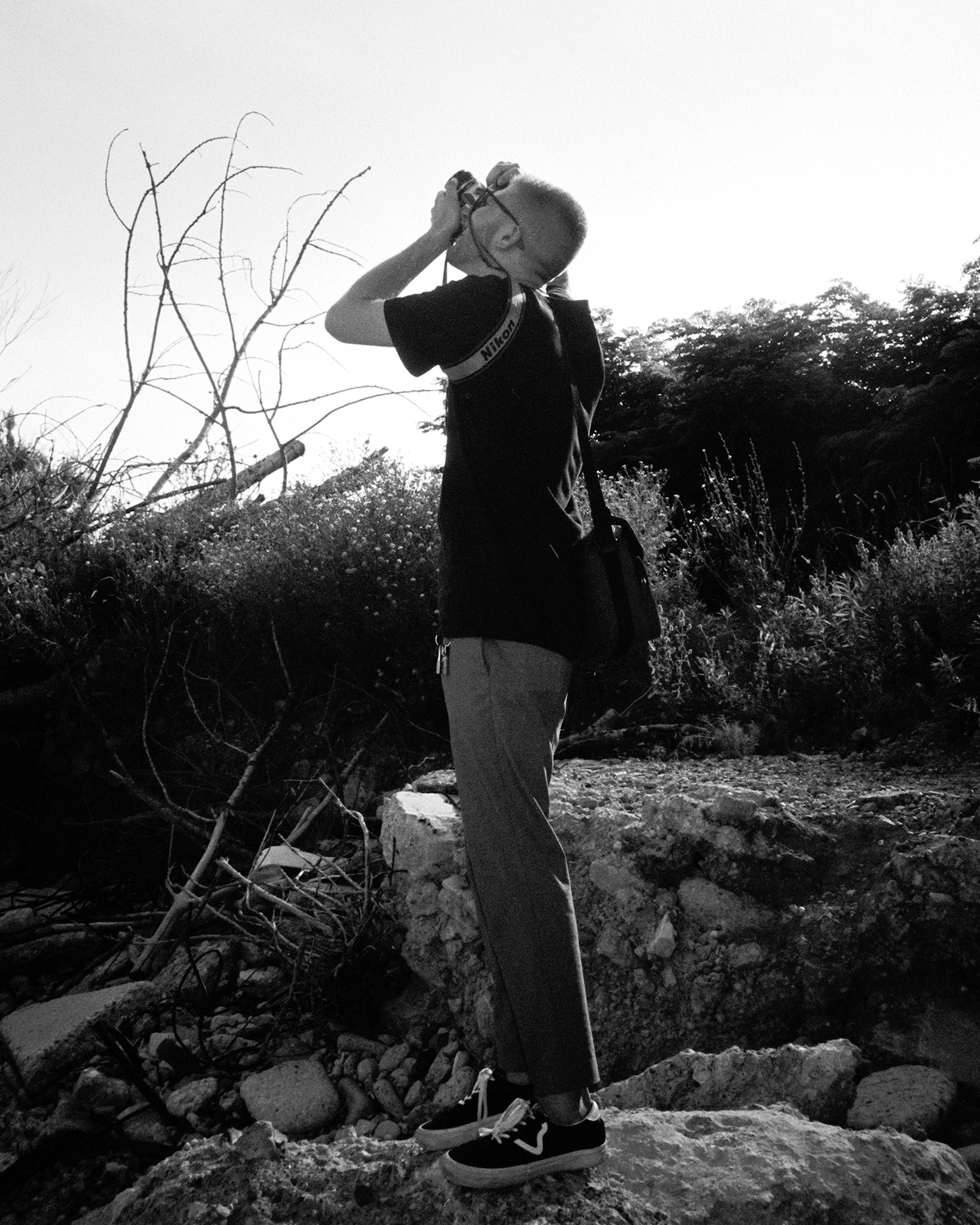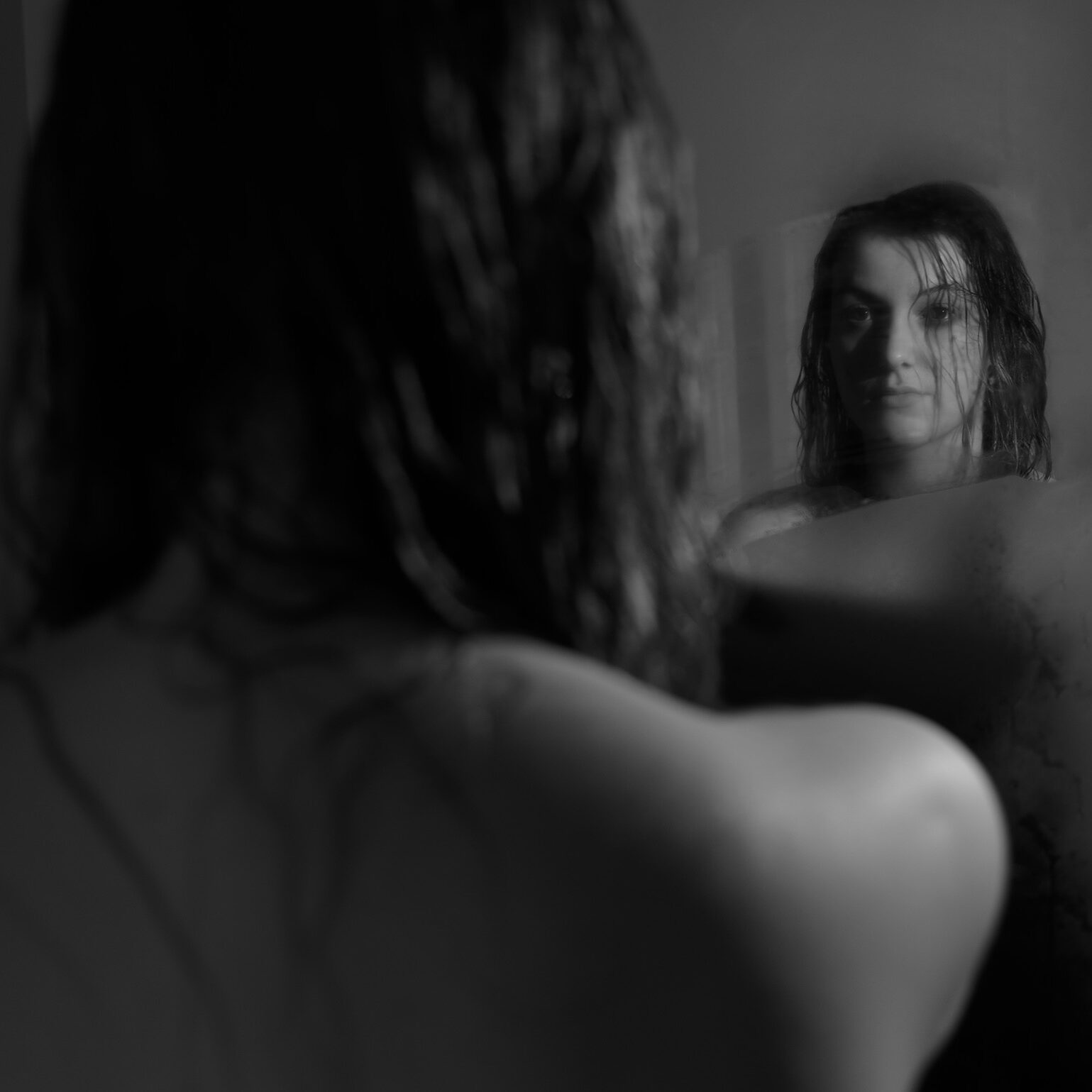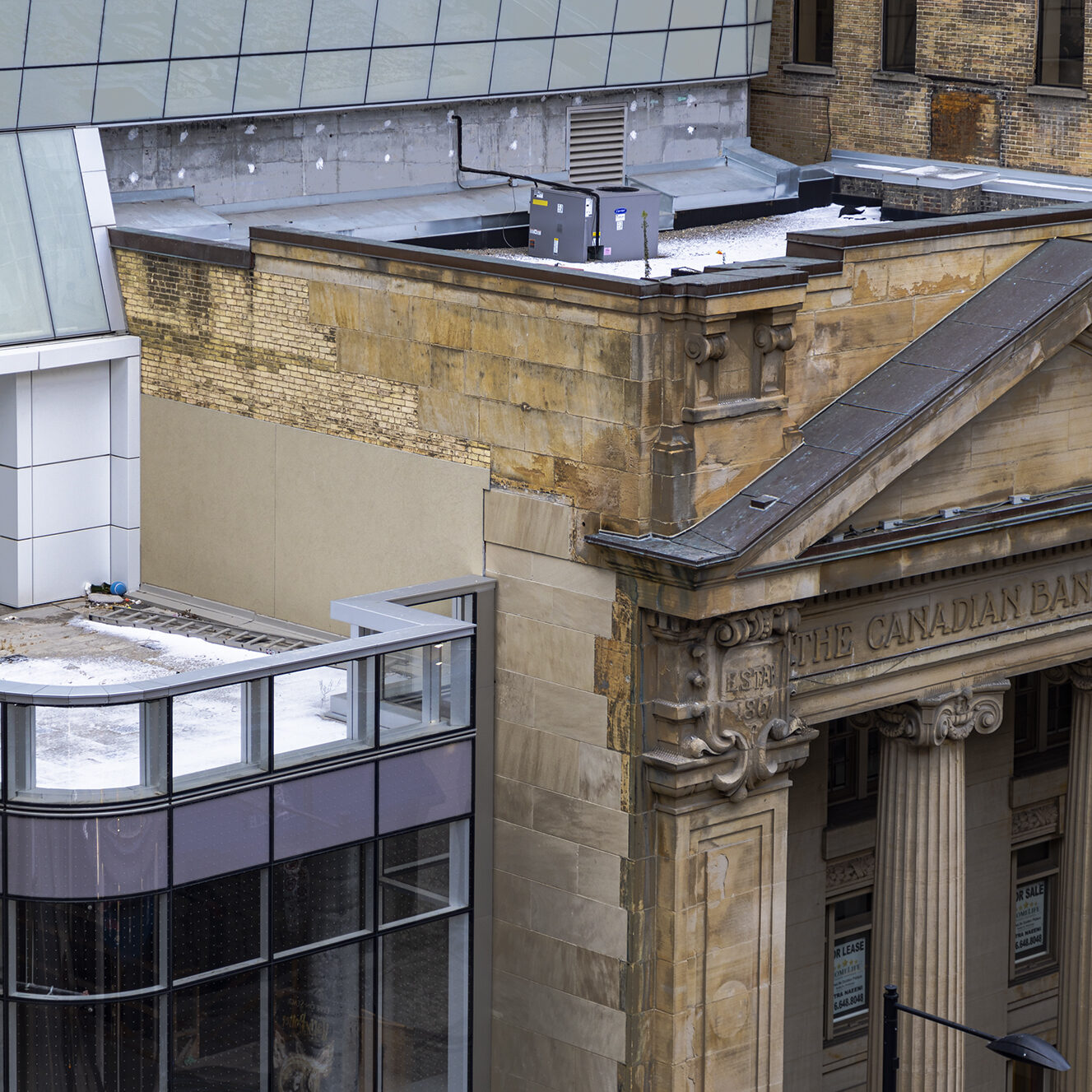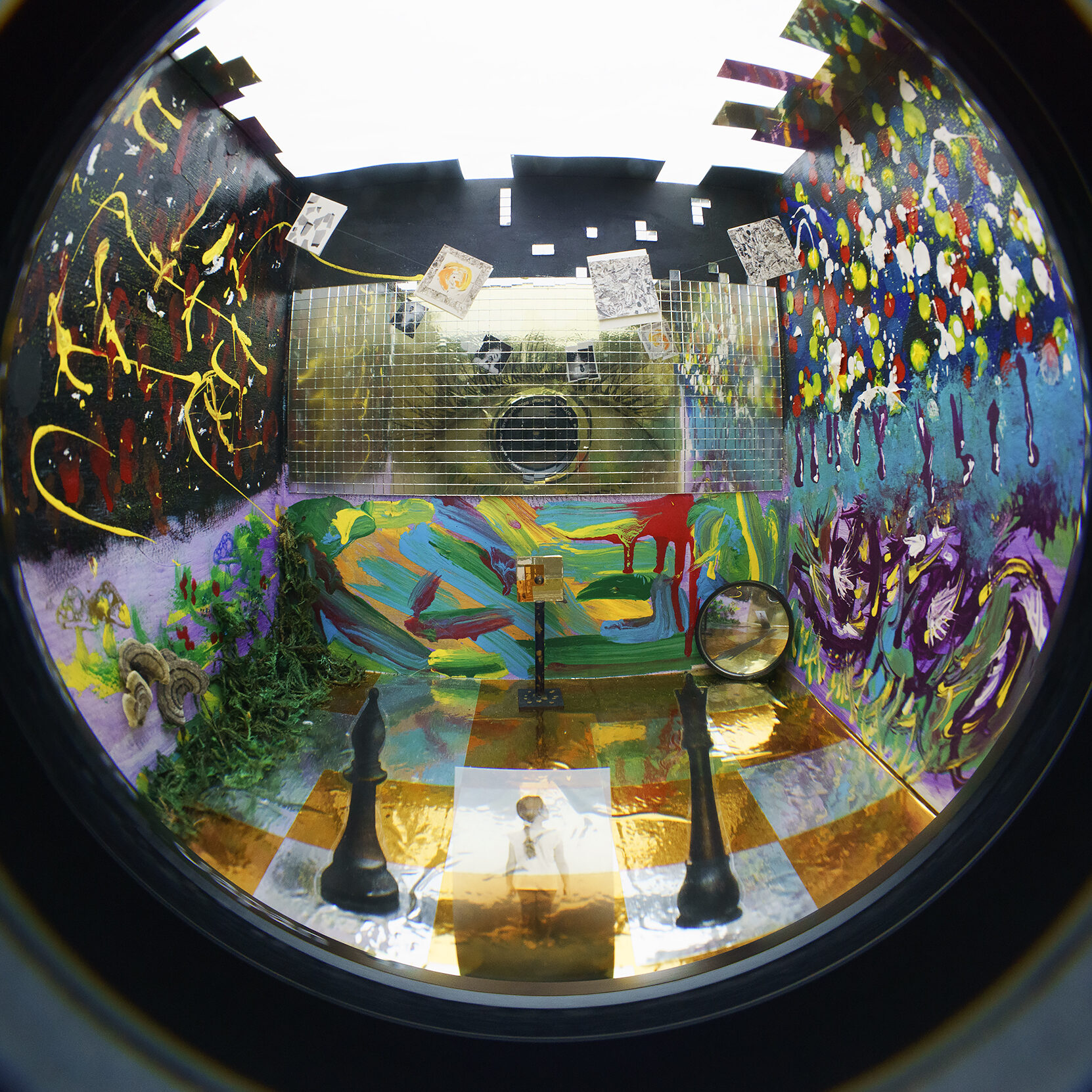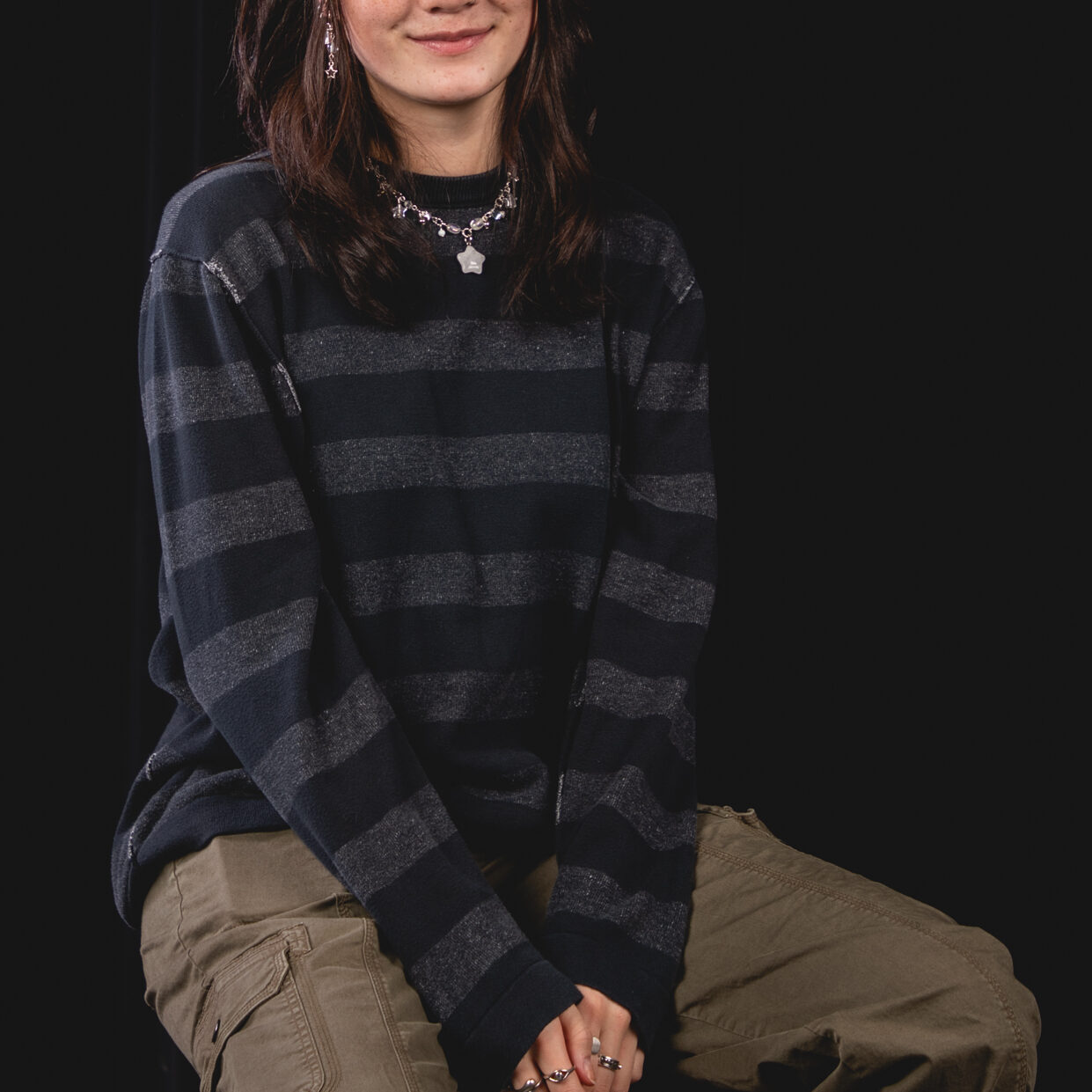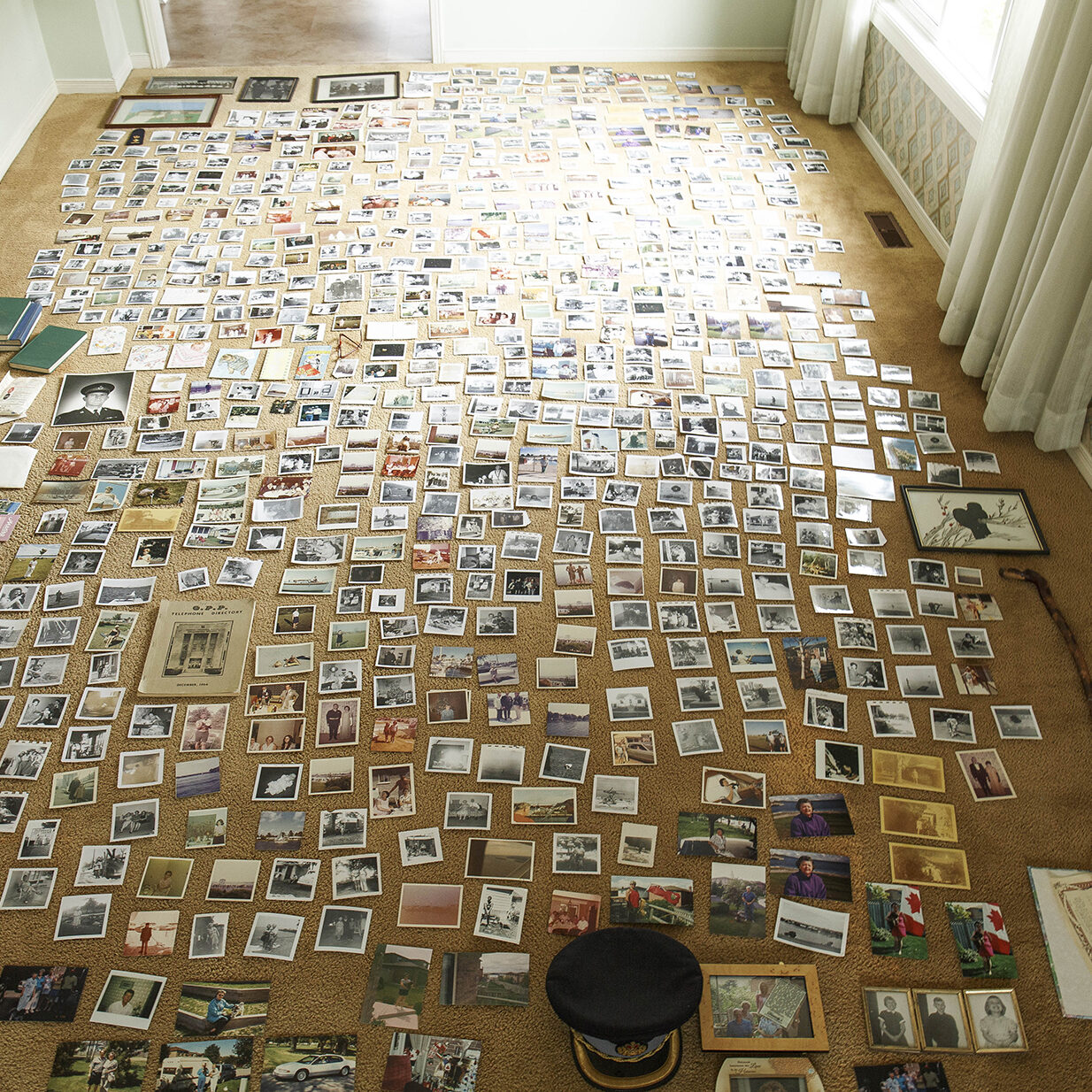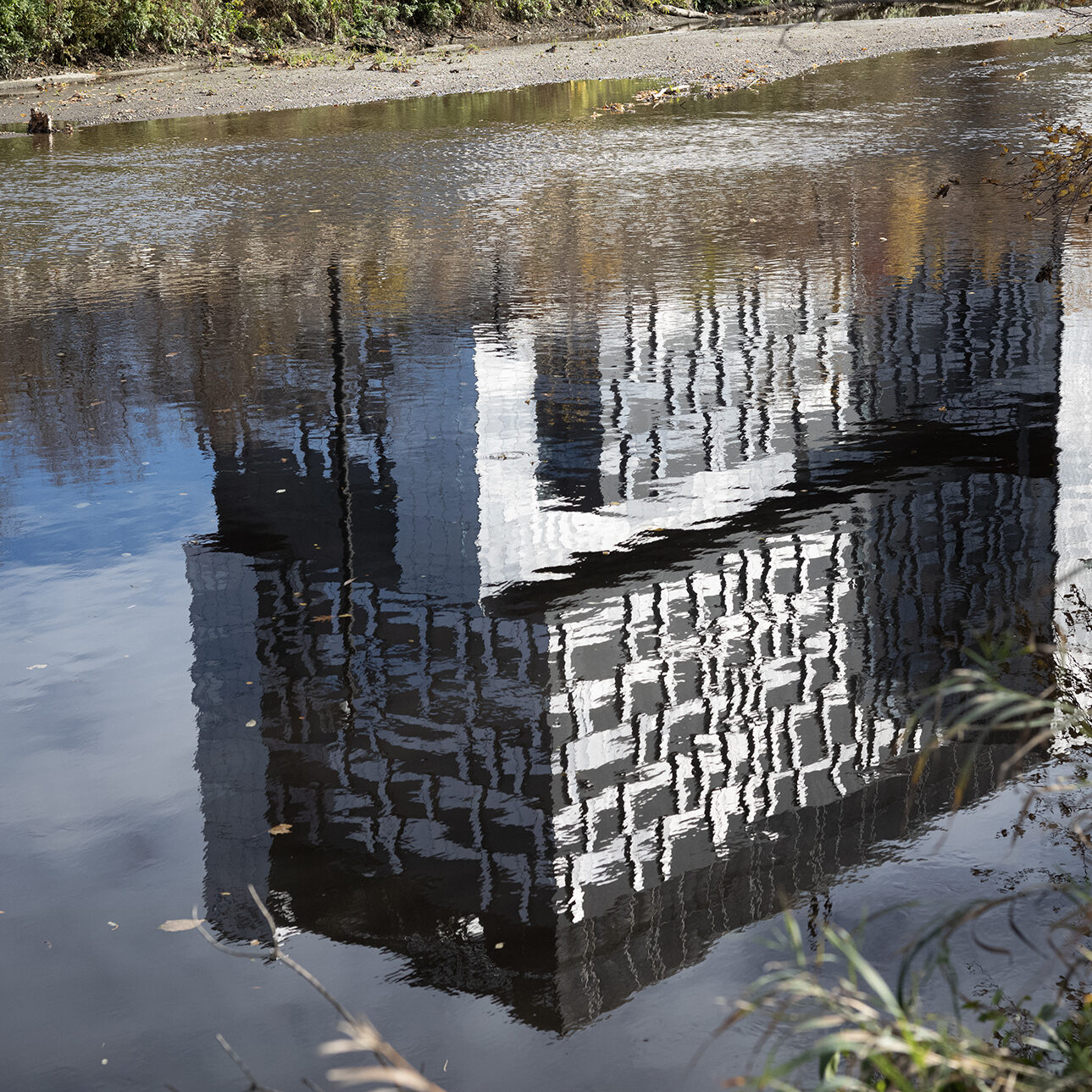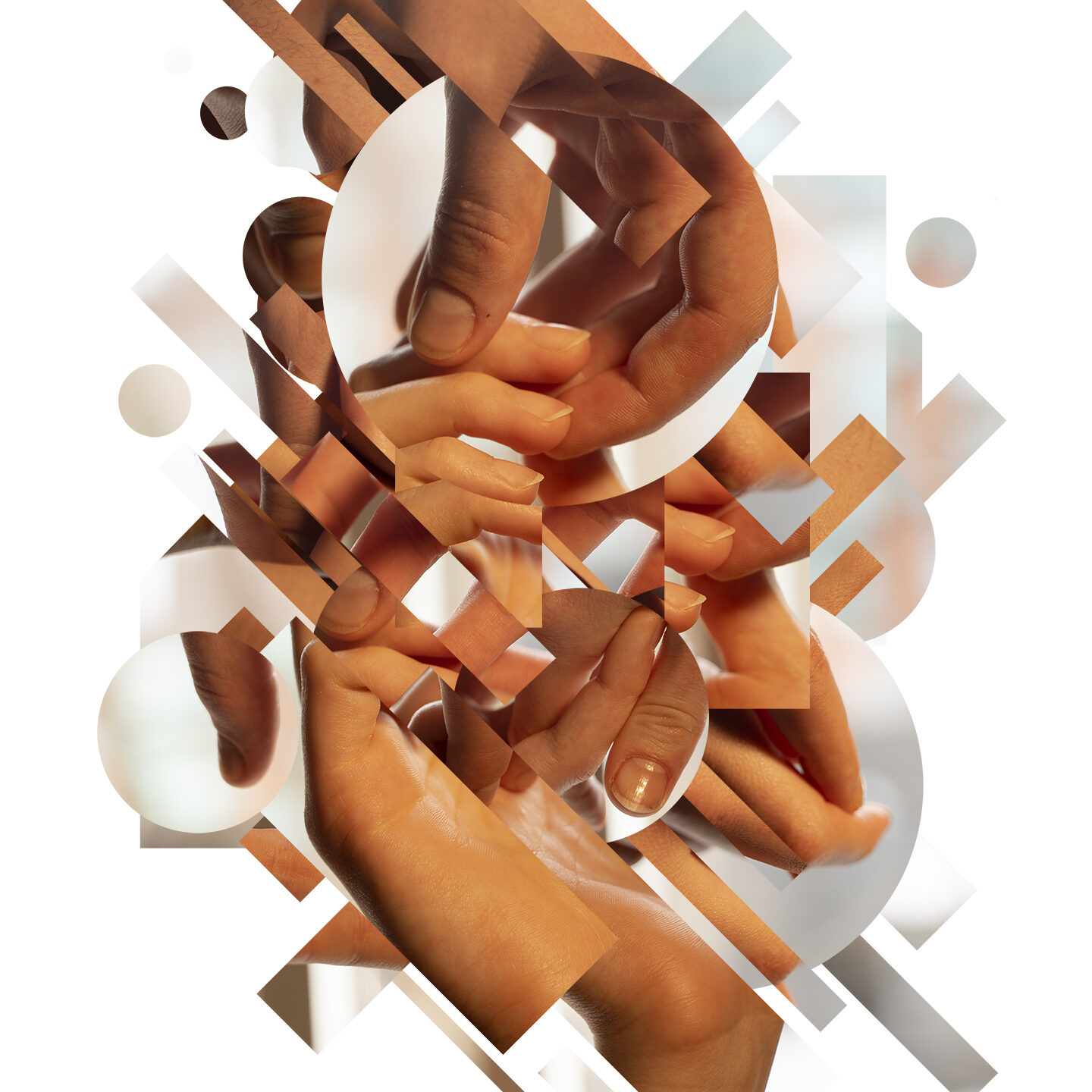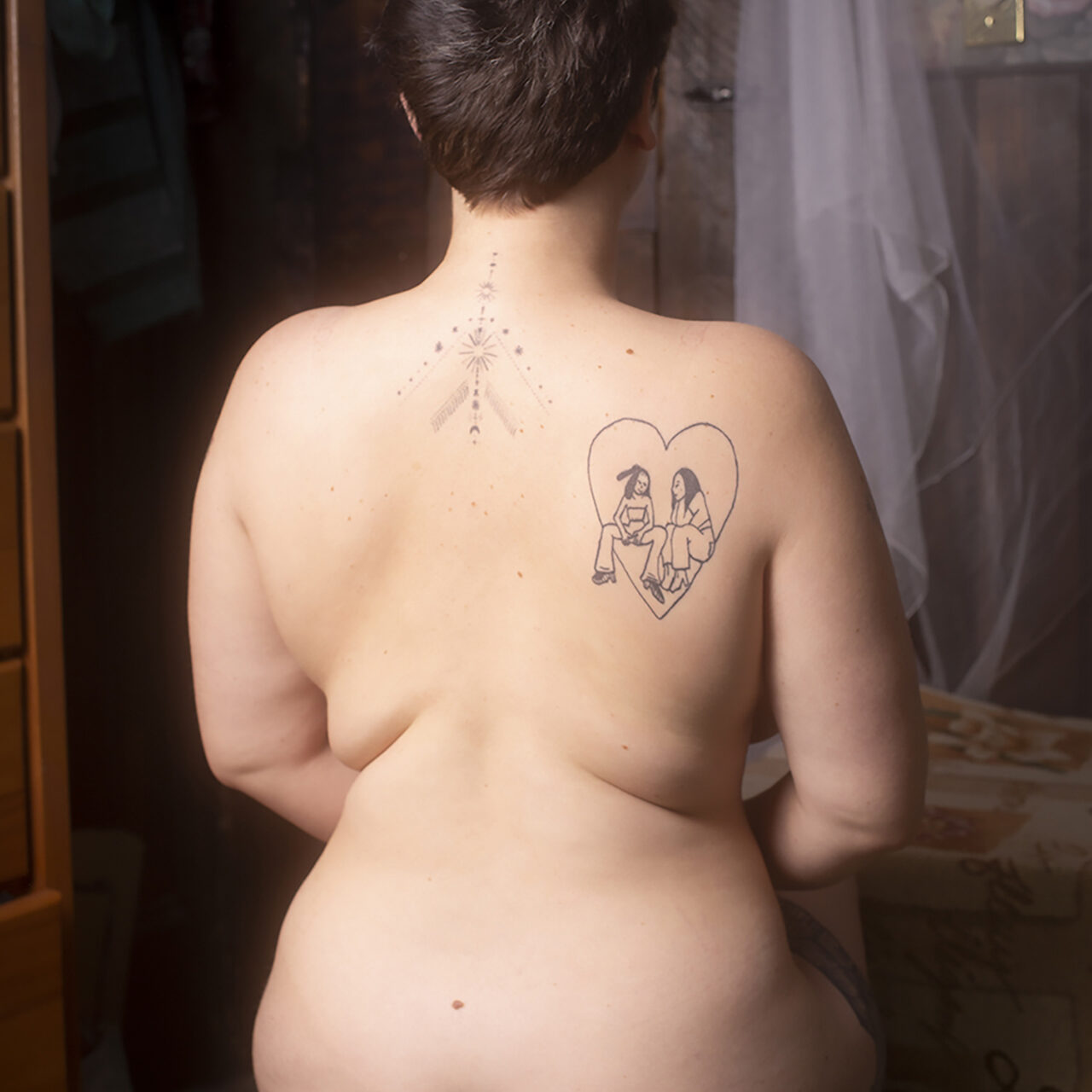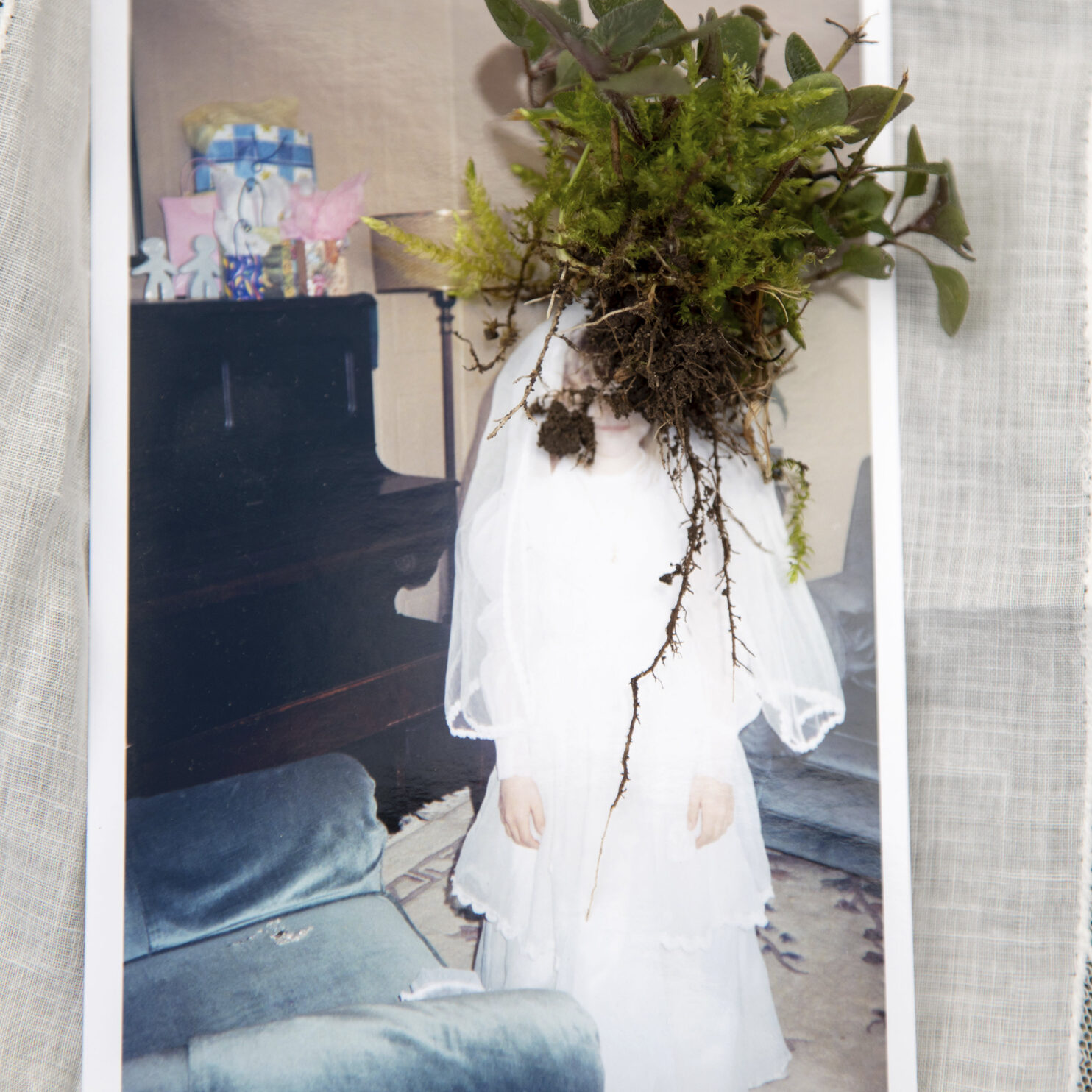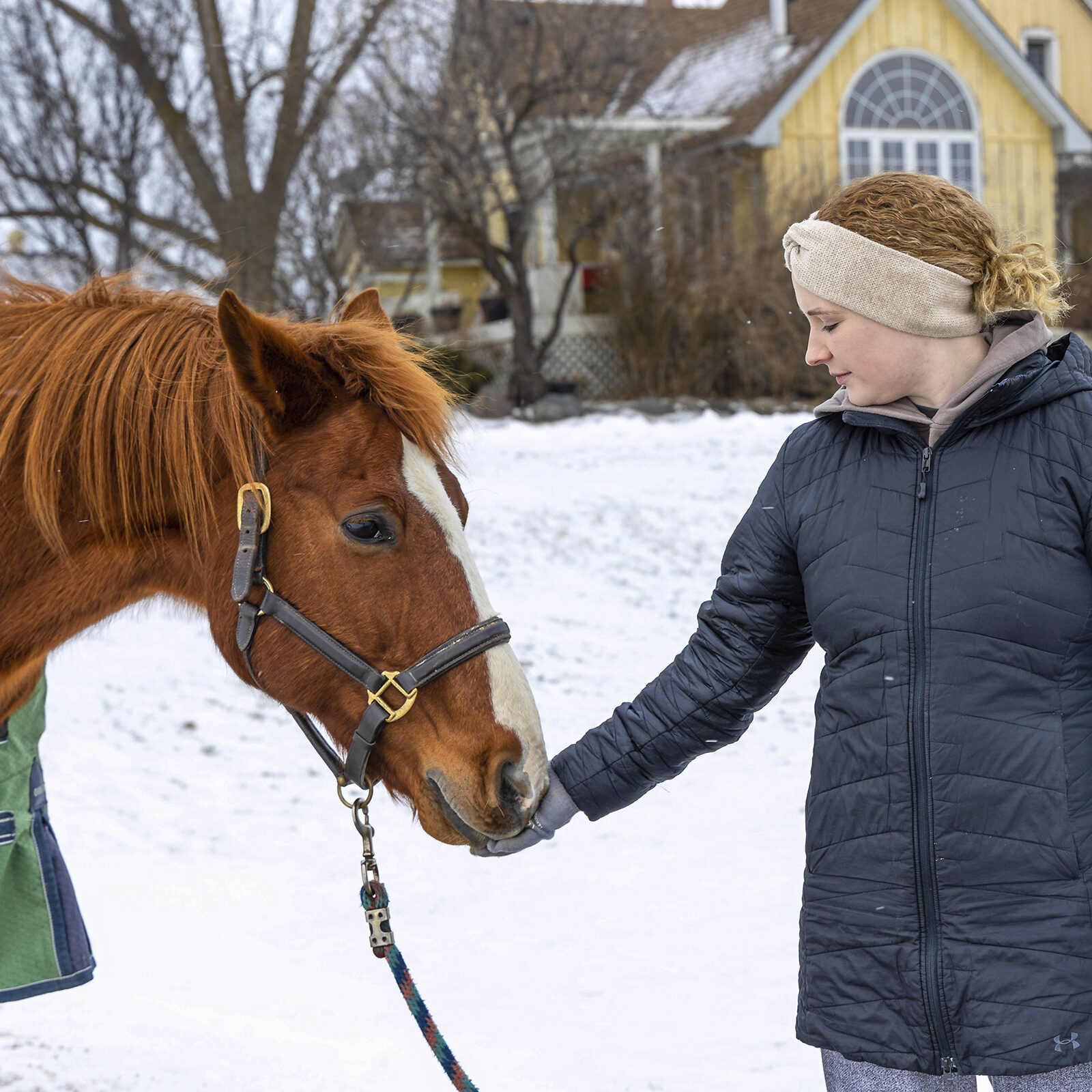Where The River Runs
Samuel Toward
In an effort to better understand this complex and constantly evolving ecosystem, I set out with my camera and tripod, walking the entire length of the Don River, using the publicly accessible trail system paved alongside the waterway. Drawing on a series of graded reports released by the Toronto Region Conservation Authority outlining the condition of the river and watershed, this series of photographic explorations is my own report responding to the river’s invariably changing conditions and landscape. Through documenting my own journey within the space, I hope to shed light on the impact of urban encroachment and challenge our relationship with the natural environment. Where The River Runs (2023) seeks to capture the nuances within this liminal space, inviting viewers to join me in contemplating the future of the Don River and its role in shaping the city we call home.
Samuel Toward
Samuel Toward (b. 1999) is a photographer from St. Catharines, Ontario. Currently, he lives and works in Toronto as he attends Toronto Metropolitan University’s Image Arts Photography Studies program. Samuel’s work is primarily analogue, focusing on documentary practices as a means of introspectively exploring both the human condition and the urban environment. By documenting interventions of urbanization in the natural environment, he explores how the spaces we occupy alter us physically and emotionally.

